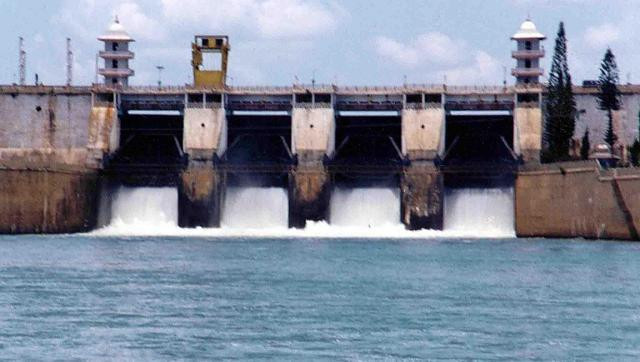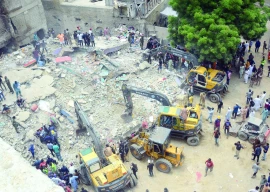
China blocks Brahmaputra River as India threatens to scrap Indus Water Treaty
The Xiabuqu tributary of River Yarlung Zangbo — the Tibetan name for Brahmaputra — was blocked at Xigaze in Tibet on Friday as part of construction of the $740 million Lalho project, according to China’s Xinhua news agency,
Describing it as the ‘most expensive’ undertaking in Tibet, the report said the project will serve multiple purposes, including irrigation, flood control and power generation.
“The Lalho reservoir is designed to store up to 295 million cubic metres of water and help irrigate 30,000 hectares of farmland in Xigaze, which usually suffers from severe drought,” the report said. “It will have two power stations with a combined generation capacity of 42 megawatts,” it added. Construction of the Lalho project began in June 2014 and is scheduled to be completed in 2019.
Amid Indian threat: Experts urge plans for water emergency
Beijing’s move has set off alarm bells in Delhi, which, according to the Times of India (ToI), is worried of the blockade’s impact on lower riparian regions which lie in India. According to the Indian daily, Xigaze is closely located to India’s Sikkim state and River Brahmaputra, which flows into India’s Arunachal Pradesh state, originates there.
“It is unclear what impact the blockade of the river will have on the flow of water from the Brahmaputra into the lower riparian countries like India and Bangladesh as a result,” the ToI report said.
China extends veto on JeM chief’s blacklisting
In another blow to Delhi on Saturday, China extended its decision to block India’s appeal to the United Nations to label Jaish-e-Muhammad (JeM) chief Masood Azhar a terrorist. The move to extend the ‘technical hold’ imposed in April this year came a day before it was set to lapse, according to The Hindustan Times.
India's revocation of Indus Water Treaty will be considered an act of war: Aziz
Confirming the move in Beijing, China’s foreign ministry spokesperson Geng Shuang said: “China always maintains that on the listing matter, the 1267 committee should stick to the main principles of objectivity, impartiality and professionalism, base its judgments on solid evidence and decide upon consensus among the members of the Security Council.”
He added that “there are still different views on India’s listing application.”
“The extended technical hold on it will allow more time for the committee to deliberate on the matter and for relevant parties to have further consultations.”
According to ToI, India has lobbied hard with China over the past six months to lift the hold. The Indian daily conceded that “it has had absolutely no effect.” In response to Delhi’s lobbying, Beijing has continued to ask India to talk directly to Pakistan.
Published in The Express Tribune, October 2nd, 2016.


















COMMENTS
Comments are moderated and generally will be posted if they are on-topic and not abusive.
For more information, please see our Comments FAQ